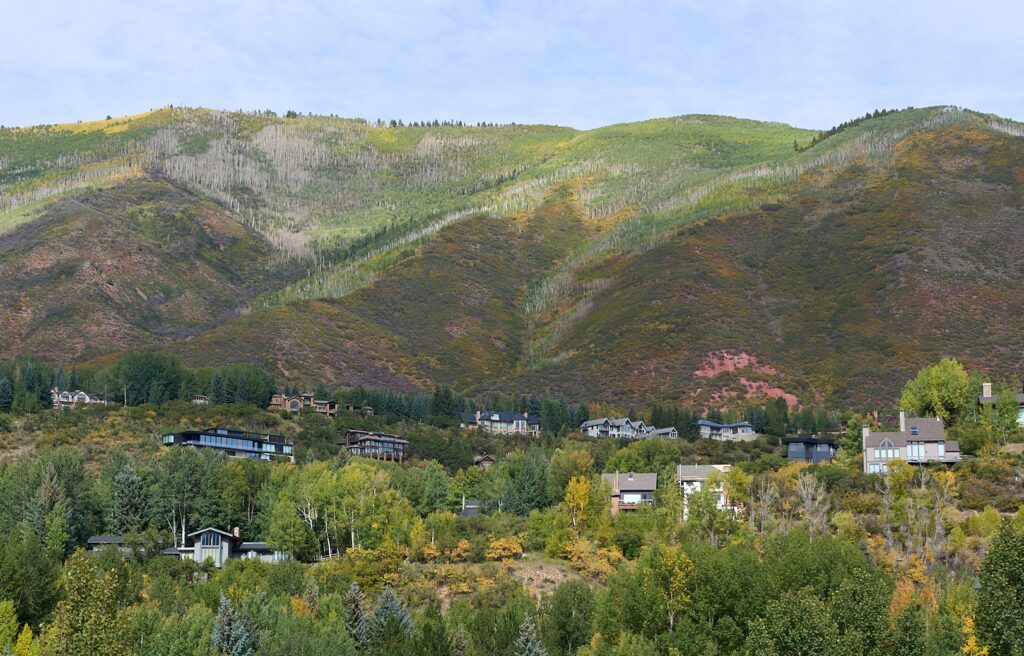Morning Birding at Rock Bottom Ranch | July 24, 2018
ACES Staff
July 27, 2018

Tuesday, July 24, 2018, 7:00AM – 10:00AM
Weather: Sunny, with wildfire smoke
Location: Rock Bottom Ranch and Rio Grande Trail
| Species Identified | ||
|
Canada Goose |
|
Violet-green Swallow |
Comments:
Newly-fledged young birds were the highlight of today’s Morning Birding outing! We experienced an abundance of birds, barely able to take a few steps down the trail with so much activity to observe. We were able to study Lewis’s Woodpeckers, having lots of opportunities to watch them foraging and preening in four different locations. A Black-headed Grosbeak eating service berries provided us with an excellent opportunity to see its yellow underwing linings, wing bars, and markings on the head. We noted young birds practicing their songs, singing them not quite right yet. It was exciting to see an abundance of birdlife at Rock Bottom Ranch and along the Rio Grande Trail.
Today’s mini-lesson addressed how birds respond to wildfire. According to a current article by National Audubon, birds fare relatively well in the face of wildfire as compared to other types of wildlife. Their mobility allows birds to move away from fire easily, with the exception of nestlings and any other birds that are not flighted. Historically, the benefits of a renewed landscape following regular, non-intense, natural wildfires outweighed immediate losses caused by fire. However, today, with decades of fire suppression and the effects of climate change, the wildfire season is longer and fires are often much more intense. Certain bird species do well on the patchy, post-fire landscape: Dusky Flycatcher, Mountain Bluebird, and certain woodpeckers. It will be interesting for us to observe the recovery of the landscape following the Lake Christine fire, with hopes that renewed vegetation communities flourish and provide high-quality wild foods and cover for the birds and other wildlife.
~ Rebecca Weiss, ACES Bird Guide
Photo by Dale Armstrong
Related Content

RFV Phenology: Green is out, yellow is in! Or is it?
Learn More
ACES // City of Aspen Open Space Birding: Marolt Open Space 9/5/2024
Learn More